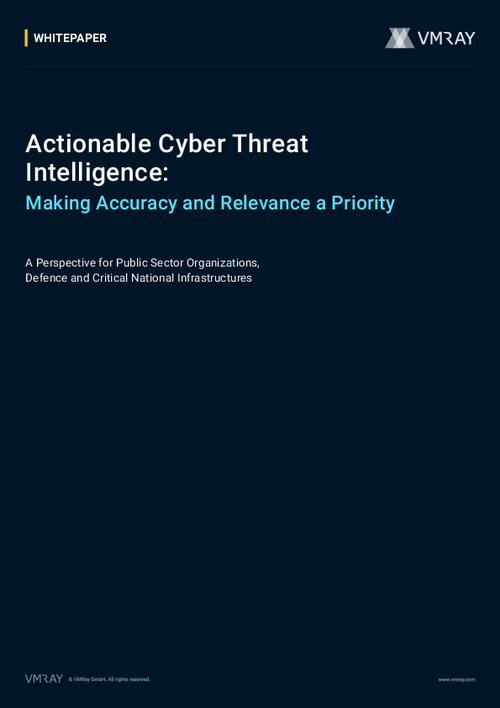Hackers Beat Anti-Repair Software Locks That Caused Train Breakdowns
A Polish train manufacturer has threatened to sue after a group of hackers accused the company of programming its products to inhibit independent repairs. The company’s software has reportedly caused trains to break down on purpose, and its circumvention has led the manufacturer to claim a conspiracy against it.
Poland’s Rynek Olejowy reports that rail operator Lower Silesian Railways (or Koleje Dolnośląskie) has been in a spat with Newag, producer of its Impuls 45WE hybrid multiple units. In June 2022, the railroad reportedly experienced multiple no-start failures with these trainsets in unrelated circumstances. In one case, the train stopped working after sitting out of service for a period, while in another it occurred following service at an independent train repair shop, SPS. Both reportedly resulted in fewer trains running than scheduled, impacting passenger service. (One Chinese railway had a similar incident when Adobe Flash was shut down.)
Newag reportedly claimed the trains had self-deactivated when their security software had been tampered with. However, a group of benevolent “white hat” hackers called Dragon Sector who were hired by SPS to assist have offered their own explanation: Newag used DRM to frustrate third-party repair efforts.
As reported in Polish outlet Onet, Dragon Sector said the trains were programmed to engage a software lockdown if they sat stationary for more than 10 days. This is believed to be an attack on independent repair, which has become a major battleground in recent years between consumers and companies like Apple, John Deere, and many across the car industry. Right-to-repair is combated in a variety of ways, from proprietary software and encryption that can only be read by the company itself to “parts pairing” according to 404 Media—a security measure against third-party service.
Not only does this make some devices impossible for the average user to repair, but it also can stop independent shops from fixing them at a lower cost than the manufacturer would demand. In extreme cases, this can leave consumers with no recourse if a manufacturer decides the product can’t be repaired, and…




